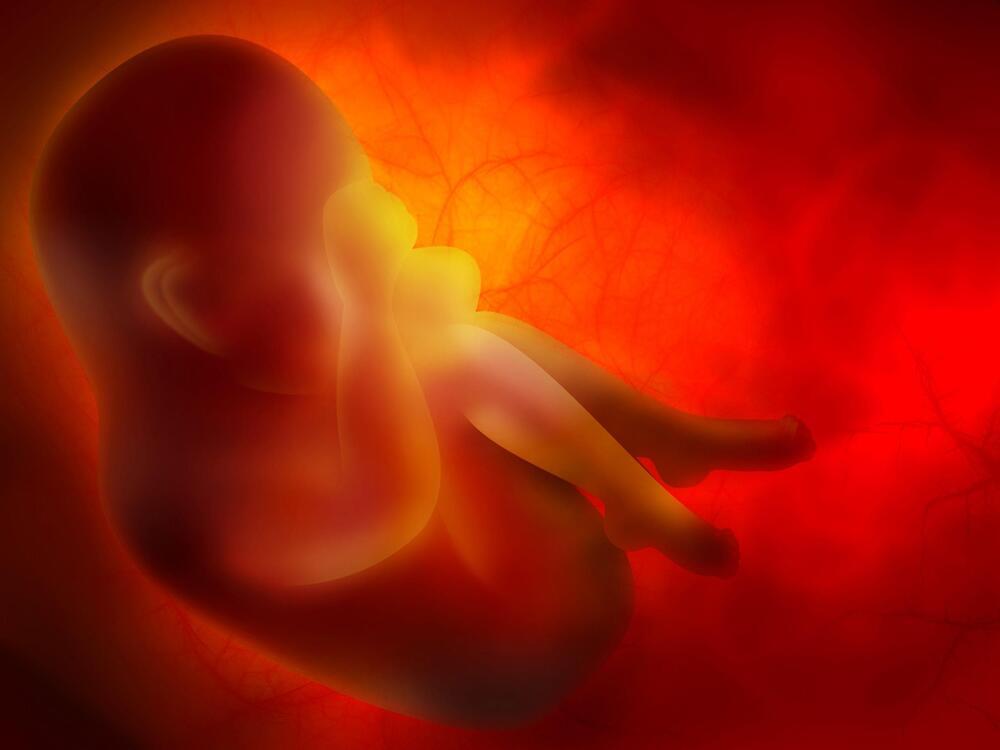Tech titans may have already accepted our doom, but as we create new technologies, it’s not too late to start asking ourselves if there could be another way.


👉For business inquiries: [email protected].
✅ Instagram: https://www.instagram.com/pro_robots.
You’re on the PRO Robots channel and in this video we bring you the latest in high-tech news. Jetpack racing, boots for walking through the meta universe, drones for fruit picking, Tesla and Boston Dynamics, new DARPA competitions and other high-tech news in one issue!
0:00 In this video.
0:20 Cargo hybrid drone.
1:02 Tesla News.
1:50 Transportation to explore the moon and Mars.
2:34 Boston Dynamics News.
3:14 Surgery performed by a robot.
4:07 Meta Company.
4:50 Red Bull 2022 Contest.
5:22 Cost effectiveness of robotaxis.
6:15 Drones for inspection.
6:48 DARPA.
7:58 Drone fruit picking.
8:29 Shoes for the metaverse.
9:15 New type of robotic grippers.
9:44 A submarine with 2 arms.
10:20 A drone that launches with a cannon.
10:49 Company Motorica.
#prorobots #robots #robot #futuretechnologies #robotics.
More interesting and useful content:
✅ Elon Musk Innovation https://www.youtube.com/playlist?list=PLcyYMmVvkTuQ-8LO6CwGWbSCpWI2jJqCQ
✅Future Technologies Reviews https://www.youtube.com/playlist?list=PLcyYMmVvkTuTgL98RdT8-z-9a2CGeoBQF
✅ Technology news.
https://www.facebook.com/PRO.Robots.Info.
#prorobots #technology #roboticsnews.
Increasing solar activity could play havoc with mega-constellations like Starlink in the coming years.

Final Words
Digitization in all its forms is exciting. The development of technology is met with zeal and zest, primarily as it eases people’s lives all over and eradicates several problems. However, in all its glamour, the cybersecurity aspects of these digitizations are often undermined, as evident with the metaverse.
Although the metaverse is a genuinely remarkable concept and could help the world in several ways, it is crucial to realize that it might all fail if the cybersecurity aspect is ignored. Therefore, within all this hype on its development, cybersecurity is a topic that needs a lot more attention than it is getting.

This article is an installment of Future Explored, a weekly guide to world-changing technology. You can get stories like this one straight to your inbox every Thursday morning by subscribing here.
In recent years, mountain communities in Chile have been facing longer and more intense dry spells thanks, in part, to rapidly shrinking glaciers in the Andes. This puts serious stress on local communities that rely on their fresh water.
But a team of Chilean climate experts have come up with a solution. In 2022, they will attempt to DIY their own glaciers, in hopes of supplying fresh water through the dry, summer months.

13 Aug 2021
“The proportions of different isotopes of elements present in the bedrock and water create a unique profile, specific to each place on Earth. This profile remains consistent over the millennia and is a kind of “fingerprint” of a region, which can be found in plants, rocks and even animal remains.” National Geographic Poland.
“One of the mammoth’s tusks became a perfect record of all the places the animal visited in its lifetime — with an accuracy almost to the day.”
An international research team has retraced the astonishing lifetime journey of an Arctic woolly mammoth, which covered enough of the Alaska landscape during its 28 years to almost circle the Earth twice.
Scientists gathered unprecedented details of its life through analysis of a 17,000-year-old fossil from the University of Alaska Museum of the North. By generating and studying isotopic data in the mammoth’s tusk, they were able to match its movements and diet with isotopic maps of the region.
Few details have been known about the lives and movements of woolly mammoths, and the study offers the first evidence that they traveled vast distances. An outline of the mammoth’s life is detailed in the new issue of the journal Science.
Those uncanny valley in eyes effect should be changed.
These medical professionals are delivering babies from a robotic birth simulator to prepare for life-and-death situations in the hospital room.

Stephen Hawking made terrifying predictions of the future. Based on science, the late British physicists predicted several things that could happen on Earth, from the rise of powerful Artificial intelligence to fearful robots poised to destroy humankind. Hawking also spoke about how it was dangerous to search for aliens and how global warming could destroy Earth as we know it.
However, Stephen Hawking also spoke about how abrupt advances in genetic science could lead to creating a future generation of superhumans that could eventually destroy humanity as we know it.
In recently published papers, Prof. Hawking predicted that an elite class of physically altered, intellectually powerful humans could come into existence from rich people choosing to edit their existing DNA and manipulate future generations’ genetic markup.

Fundamental constants like e and π are ubiquitous in diverse fields of science, including physics, biology, chemistry, geometry, and abstract mathematics. Nevertheless, for centuries new mathematical formulas relating fundamental constants are scarce and are usually discovered sporadically by mathematical intuition or ingenuity.
Our algorithms search for new mathematical formulas. The community can suggest proofs for the conjectures or even propose or develop new algorithms. Any new conjecture, proof, or algorithm suggested will be named after you.
Join us on Patreon!
https://www.patreon.com/MichaelLustgartenPhD
Papers referenced in the video:
Main study:
Clinical course of the longest-lived man in the world: A case report.
https://pubmed.ncbi.nlm.nih.gov/34973348/
Commonly used clinical chemistry tests as mortality predictors: Results from two large cohort studies.
https://pubmed.ncbi.nlm.nih.gov/33152050/
Predicting age by mining electronic medical records with deep learning characterizes differences between chronological and physiological age.
https://pubmed.ncbi.nlm.nih.gov/29113935/
The gamma gap predicts 4-year all-cause mortality among nonagenarians and centenarians.
https://pubmed.ncbi.nlm.nih.gov/29348636/
Implication of liver enzymes on incident cardiovascular diseases and mortality: A nationwide population-based cohort study.